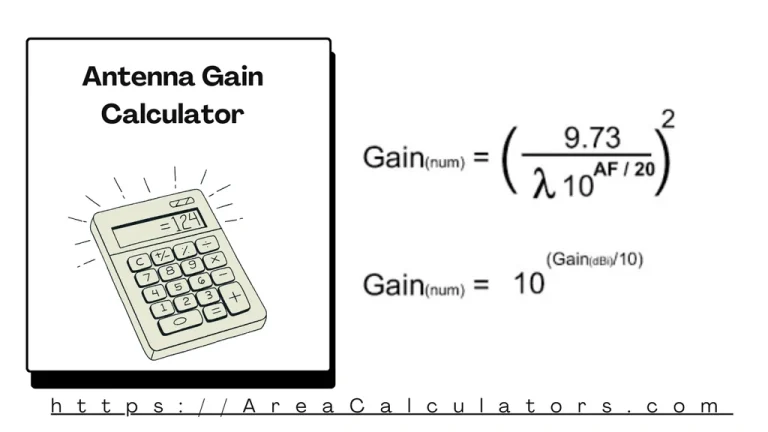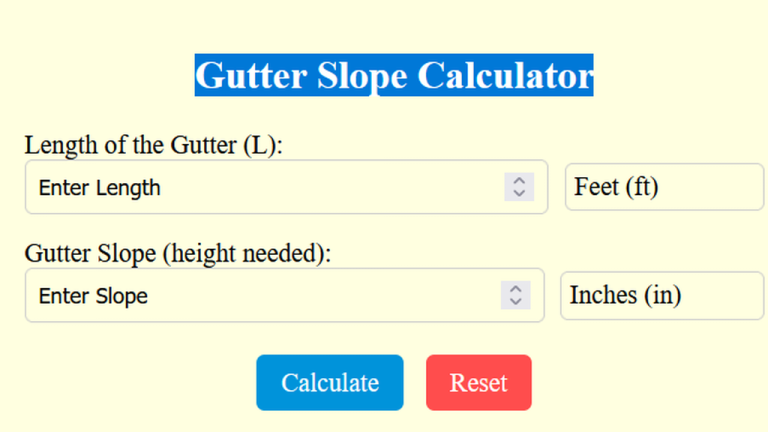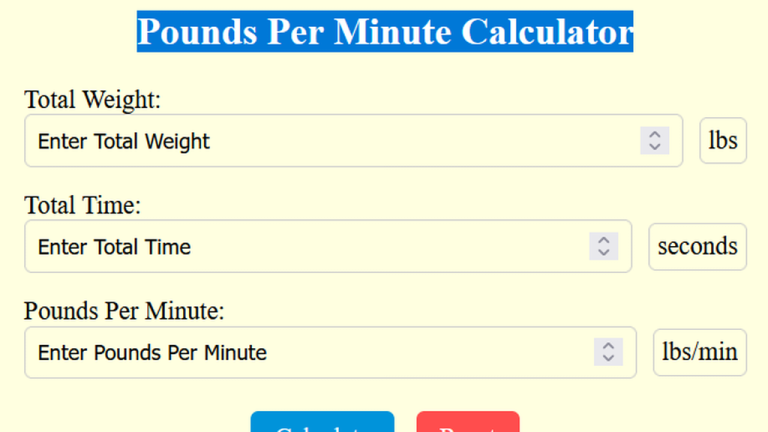Yards To Lbs Calculator – Cubic Yards To Pounds Converter 2025
Multiply the number of yards by the material’s density to calculate the equivalent weight in pounds.
This conversion is commonly used in construction, landscaping, and shipping to determine the weight of materials like soil, sand, gravel, or concrete. Knowing the weight in pounds helps with transport planning, cost estimation, and project management.
Formula:
lbs = Y ∗ D
| Variable | Description | Unit |
|---|---|---|
| lbs | Weight of the material | Pounds (lbs) |
| Y | Volume of the material | Cubic yards |
| D | Density of the material | Pounds per cubic yard (lbs/yard³) |
Solved Calculations:
Example 1: Calculating Weight for 3 Yards of Soil
| Step | Value | Explanation |
|---|---|---|
| Volume (Y) | 3 yards³ | Given volume of soil |
| Density (D) | 2,200 lbs/yard³ | Typical density of soil |
| Multiply Y by D | 6,600 lbs | Multiply volume by density to find weight |
Example 2: Calculating Weight for 5 Yards of Gravel
| Step | Value | Explanation |
|---|---|---|
| Volume (Y) | 5 yards³ | Given volume of gravel |
| Density (D) | 3,000 lbs/yard³ | Typical density of gravel |
| Multiply Y by D | 15,000 lbs | Multiply volume by density to find weight |
What is Yards to Lbs Calculator – Easily Convert The Unit Length (Yards/yd) Into The Unit Of Weight (Pounds/lbs):
The Yards to Lbs Calculator is an indispensable tool for converting measurements in yards (volume) to pounds (weight) for various materials. This conversion is commonly required in construction, landscaping, and textile industries, where understanding the weight of materials like soil, sand, gravel, or fabric is crucial for planning and logistics.
This calculator simplifies the process of determining how much a specific yardage of material weighs. Users only need to input the material type and its volume in yards, and the tool calculates the corresponding weight in pounds.
It takes into account the density of the material, ensuring accurate results for practical applications. For instance, it can help calculate how many 50-pound bags of soil are needed to fill a yard or estimate the weight of gravel for a construction site.
The tool is versatile and user-friendly, making it ideal for both professionals and DIY enthusiasts. Whether you’re managing large-scale projects or planning home improvements, this calculator ensures precision and efficiency.
Final Words:
Ultimately, the Yards to Lbs Calculator is a practical and reliable solution for converting yards to pounds with ease. Its adaptability across various materials makes it a valuable asset for accurate project planning and resource management.




